
PNUT
Prezzo di Peanut the Squirrel
$0,18710
-$0,02000
(-9,66%)
Variazione di prezzo nelle ultime 24 ore

Rischio relativo all'emittente di PNUT
Prendi ogni precauzione e tieni presente che questo asset di criptovaluta è classificato come asset di criptovaluta ad alto rischio. Questo asset di criptovaluta non ha un emittente chiaramente identificabile e/o un team di progetto ben definito, cosa che ne aumenta o può aumentarne la suscettibilità a notevoli rischi di mercato, tra cui l'estrema volatilità, la bassa liquidità e/o il potenziale per abusi di mercato o manipolazione del prezzo. Non vi è alcuna garanzia del valore, della stabilità o della possibilità di vendere questo asset di criptovaluta ai prezzi preferiti o desiderati.
Disclaimer
I contenuti social forniti in questa pagina ("Contenuti"), inclusi, a titolo esemplificativo ma non esaustivo, tweet e statistiche forniti da LunarCrush, provengono da terze parti e vengono forniti "così come sono" esclusivamente a scopo informativo. OKX non garantisce la qualità o la precisione dei Contenuti e i Contenuti non rappresentano il punto di vista di OKX. Non è destinato a fornire (i) consigli o raccomandazioni in materia di investimenti; (ii) un'offerta o una sollecitazione all'acquisto, alla vendita o al possesso di asset digitali; oppure (iii) consigli di natura finanziaria, contabile, legale o fiscale. Gli asset digitali, tra cui stablecoin e NFT, comportano un elevato livello di rischio, sono soggetti a fluttuazioni estreme. Il prezzo e le prestazioni degli asset digitali non sono garantiti e potrebbero variare senza preavviso.
OKX non fornisce raccomandazioni su investimenti o asset. Devi considerare attentamente se il trading o l'holding di asset digitali è adatto a te alla luce della tua condizione finanziaria. Consulta un professionista legale/fiscale/finanziario per domande sulla tua specifica situazione. Per ulteriori dettagli, fai riferimento ai nostri Termini di utilizzo e all'Avviso di rischio. Utilizzando il sito web di terze parti ("TPW"), accetti che qualsiasi utilizzo del TPW sarà soggetto alle condizioni del TPW e disciplinato dalle stesse. Se non espressamente dichiarato per iscritto, OKX e i suoi affiliati ("OKX") non sono associati in alcun modo al proprietario o all'operatore del TPW. Accetti che OKX non è responsabile di eventuali perdite, danni e qualsiasi altra conseguenza derivanti dall'utilizzo del TPW. Tieni presente che l'uso di un TPW potrebbe comportare una perdita o una diminuzione dei tuoi asset. Il prodotto potrebbe non essere disponibile in tutte le giurisdizioni.
OKX non fornisce raccomandazioni su investimenti o asset. Devi considerare attentamente se il trading o l'holding di asset digitali è adatto a te alla luce della tua condizione finanziaria. Consulta un professionista legale/fiscale/finanziario per domande sulla tua specifica situazione. Per ulteriori dettagli, fai riferimento ai nostri Termini di utilizzo e all'Avviso di rischio. Utilizzando il sito web di terze parti ("TPW"), accetti che qualsiasi utilizzo del TPW sarà soggetto alle condizioni del TPW e disciplinato dalle stesse. Se non espressamente dichiarato per iscritto, OKX e i suoi affiliati ("OKX") non sono associati in alcun modo al proprietario o all'operatore del TPW. Accetti che OKX non è responsabile di eventuali perdite, danni e qualsiasi altra conseguenza derivanti dall'utilizzo del TPW. Tieni presente che l'uso di un TPW potrebbe comportare una perdita o una diminuzione dei tuoi asset. Il prodotto potrebbe non essere disponibile in tutte le giurisdizioni.
Informazioni sul mercato di Peanut the Squirrel
Capitalizzazione di mercato
La capitalizzazione di mercato viene calcolata moltiplicando l'offerta circolante di una criptovaluta per il suo ultimo prezzo.
Capitalizzazione di mercato = Offerta circolante x Ultimo prezzo
Capitalizzazione di mercato = Offerta circolante x Ultimo prezzo
Offerta circolante
L'importo totale di una criptovaluta disponibile pubblicamente sul mercato.
Grado di capitalizzazione di mercato
Il ranking di una criptovaluta in termini di valore della capitalizzazione di mercato.
Massimo storico
Il prezzo massimo di una criptovaluta raggiunto nella sua cronologia di trading.
Minimo storico
Il prezzo minimo di una criptovaluta raggiunto nella sua cronologia di trading.
Capitalizzazione di mercato
$187,67M
Offerta circolante
999.858.912 PNUT
100,00% di
999.858.912 PNUT
Grado di capitalizzazione di mercato
--
Audit
CertiK
Ultimo audit: --
Massimo ultime 24 ore
$0,21210
Minimo ultime 24 ore
$0,18360
Massimo storico
$2,5000
-92,52% (-$2,3129)
Ultimo aggiornamento: 14 nov 2024, (UTC+8)
Minimo storico
$0,10000
+87,09% (+$0,087100)
Ultimo aggiornamento: 11 nov 2024, (UTC+8)
Come ti senti oggi circa i PNUT?
Condividi i tuoi sentimenti qui mettendo un pollice in su se ti senti rialzista per quanto riguarda la criptovaluta o un pollice in giù se ti senti ribassista.
Vota per vedere i risultati
Feed di Peanut the Squirrel
Il seguente contenuto proviene da .

Crash
$Brett, Bonk, Pnut, Floki
"Crash vuole te come liquidità di uscita, ti sta truffando, il prezzo di Brett non sta salendo!!"
Nel frattempo, questo è ciò che ogni meme sembra in questo momento, ma tu evidenzi Brett perché probabilmente è quello che possiedi e di cui ti importa
Non pensavi che i memecoin salgano solo, vero?
La differenza tra Brett e altri meme è che $Brett sale sempre di più/di più
Brett ha raggiunto 2,3 miliardi senza Coinbase, Binance, Robinhood
Nel frattempo, la maggior parte delle monete non è riuscita a raggiungere questo traguardo con quelle quotazioni
Avrà di gran lunga il maggior potenziale nella prossima ondata di memecoin
Nei memecoin, ci sono quelli di voi che saranno il surfista NOVIZIO che si schianta e non migliora mai (90%)
E ci saranno alcuni di voi che cavalcheranno le onde come un professionista (1%)
L'attuale onda è finita
Ma la prossima onda arriverà
E sta a te decidere se vuoi essere il surfista occasionale che si schianta
O il tipo che si rimette in piedi e semplicemente cavalca la prossima onda.
Mostra originale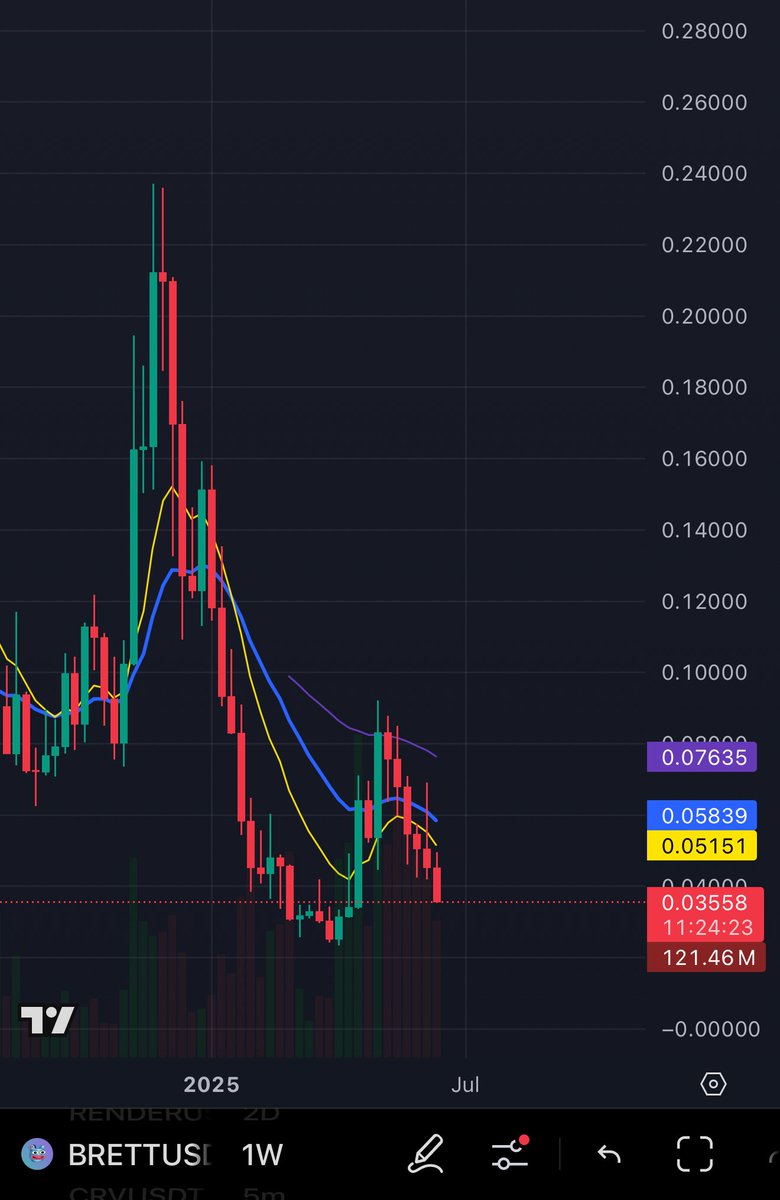
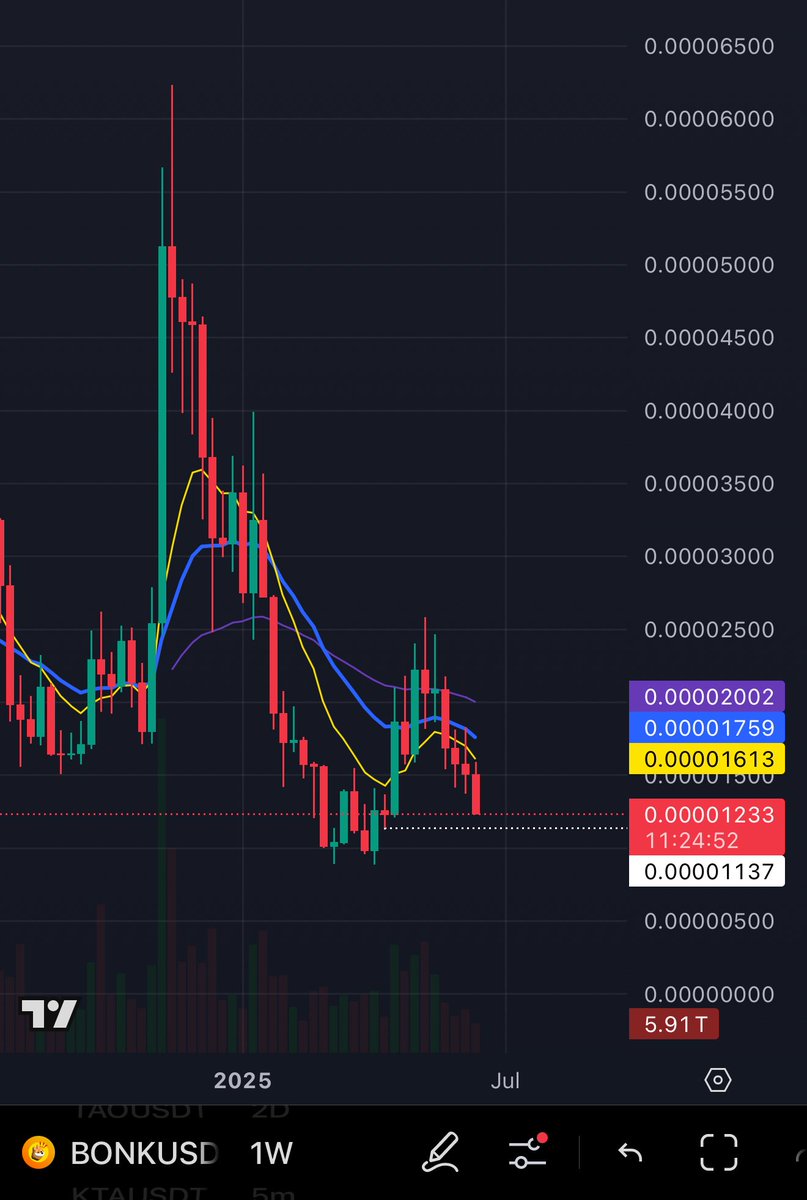
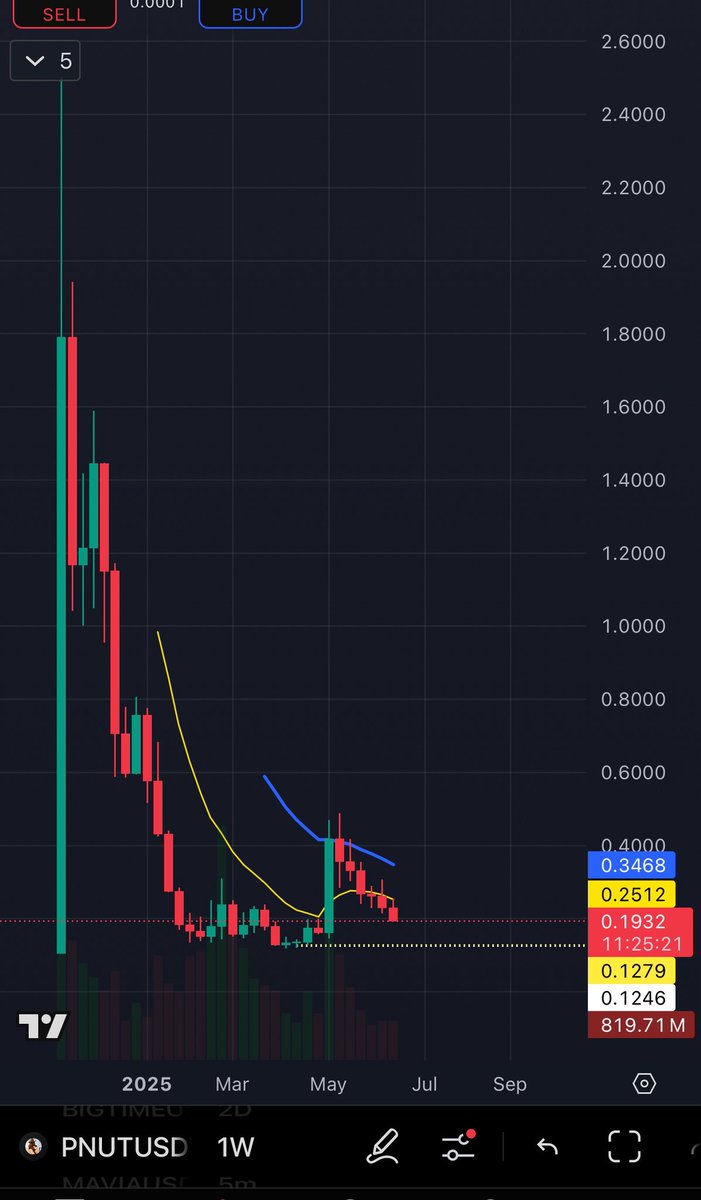

37.257
682

Crypto Wolf Trades
$CLH è salito del 33% in poche ore e sta raggiungendo i Top5 Gainers come promesso 🔥
Altri aggiornamenti in arrivo una volta che il mercato si stabilizza
Tieni alcuni per grandi guadagni 🚀
Sto analizzando per aggiungere un altro grafico in fondo
$gns $artfi #nvg8 #quill $data $din $cta $kas $layer $gps #iran #israel #bananas31 $sign

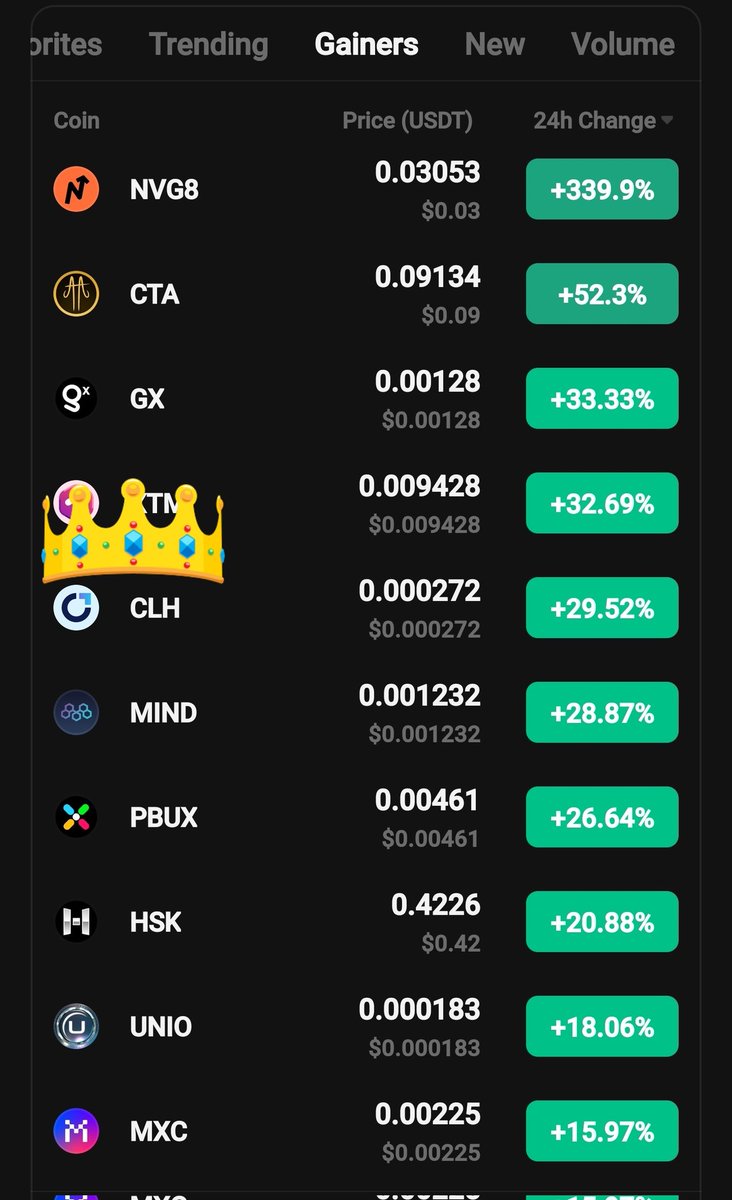

Crypto Wolf Trades
$CLH disponibile su #kucoin
Acquisto qui CMP: O.OOO213
-Situato al minimo
-Grafico ipervenduto
-RSI al minimo
-Grafico super rialzista
Mantengo i miei obiettivi 2-10X 🚀
$aergo $giza #eth #btc $zee $pix $neon $glq $cta $t $kaia $fun $strax $sei $gps $pnut
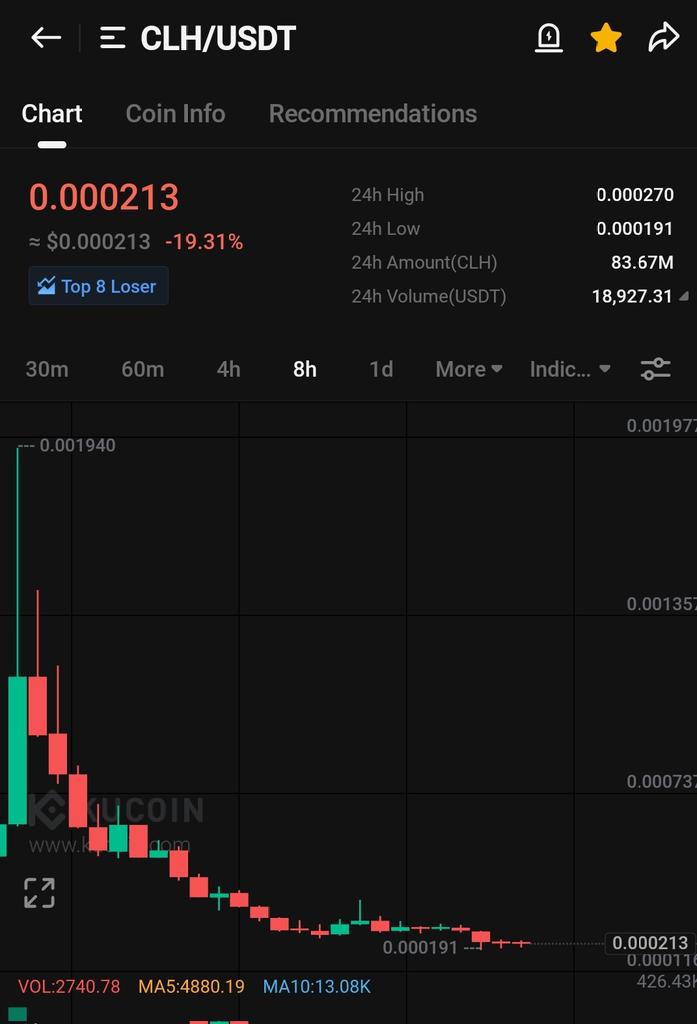
23.206
5

lanxing |蓝鸟会🔆
Una volta che una persona ottiene potere,
può guadagnare in due o tre anni
una ricchezza che gli altri
non potranno mai raggiungere in una vita.
Guarda la regina, da 3000 dollari a 30 milioni di dollari in un anno.
Guarda btcdayu, in tre anni da 300.000 yuan a ora diversi miliardi.
Guarda il fratello che scava nel gruppo, 8000 dollari guadagnati in pochi giorni su pnut, diversi milioni di dollari.
Se sei una persona normale come Blue Star e non vuoi fare trading, da dove verrà il tuo potere?
Puoi solo contare sul contenuto e sul suo effetto composto, dedicando tre anni a produrre contenuti, attraverso articoli, video, e seguendo i riassunti di Xiao Yi, dove il potere = lungimiranza + azioni ad alto valore.
Ogni giorno brandisci la spada, dopo tre anni, non avrai rivali.
Sei disposto a perseverare per tre anni per cambiare la tua vita in una vita abbondante?
Mostra originale
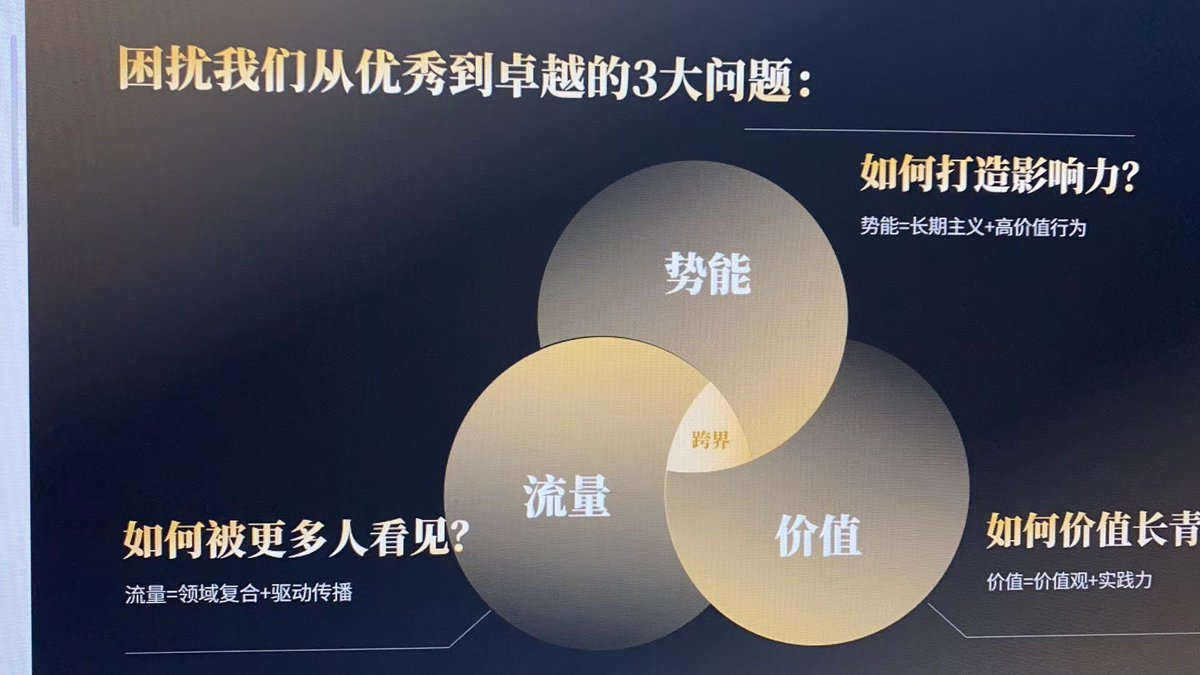
18.127
5
Converti USD in PNUT


Prestazioni prezzo Peanut the Squirrel in USD
Il prezzo attuale di Peanut the Squirrel è $0,18710. Nelle ultime 24 ore, Peanut the Squirrel è diminuito di -9,66%. Al momento ha un'offerta circolante di 999.858.912 PNUT e un'offerta massima di 999.858.912 PNUT, assegnando una capitalizzazione di mercato completamente diluita di $187,67M. Al momento, la criptovaluta Peanut the Squirrel detiene la posizione 0 nei ranking di capitalizzazione di mercato. Il prezzo Peanut the Squirrel/USD è aggiornato in tempo reale.
Oggi
-$0,02000
-9,66%
7 giorni
-$0,04150
-18,16%
30 giorni
-$0,16790
-47,30%
3 mesi
-$0,02780
-12,94%
Conversioni di Peanut the Squirrel popolari
Ultimo aggiornamento: 23/06/2025, 03:18
| 1 PNUT in USD | 0,18770 $ |
| 1 PNUT in EUR | 0,16287 € |
| 1 PNUT in PHP | 10,7312 ₱ |
| 1 PNUT in IDR | 3.081,60 Rp |
| 1 PNUT in GBP | 0,13949 £ |
| 1 PNUT in CAD | 0,25776 $ |
| 1 PNUT in AED | 0,68933 AED |
| 1 PNUT in VND | 4.904,63 ₫ |
Domande frequenti relative al prezzo di Peanut the Squirrel
A quanto corrisponde 1 Peanut the Squirrel oggi?
Al momento, un Peanut the Squirrel vale $0,18710. Per risposte e informazioni approfondite sull'azione sui prezzi di Peanut the Squirrel, sei nel posto giusto. Esplora i grafici Peanut the Squirrel più recenti e fai trading in modo responsabile con OKX.
Che cosa sono le criptovalute?
Le criptovalute, ad esempio Peanut the Squirrel, sono asset digitali che operano su un ledger pubblico chiamato blockchain. Scopri di più su monete e token offerti su OKX e sui loro diversi attributi, inclusi prezzi e grafici in tempo reale.
Quando è stata inventata la criptovaluta?
A seguito della crisi finanziaria del 2008, l'interesse nei confronti della finanza decentralizzata è cresciuto. Bitcoin ha offerto una nuova soluzione imponendosi come asset digitale sicuro su una rete decentralizzata. Da allora, sono stati creati anche molti altri token come Peanut the Squirrel.
Il prezzo di Peanut the Squirrel aumenterà oggi?
Dai un'occhiata alla nostra pagina di previsione sul prezzo di Peanut the Squirrel per prevedere i prezzi futuri e determinare i tuoi target di prezzo.
Informativa ESG
Le normative ESG (Environmental, Social and Governance) per gli asset di criptovaluta hanno lo scopo di gestire il loro impatto ambientale (ad es., attività minerarie dispendiose in termini di energia), promuovere la trasparenza e garantire pratiche di governance etiche per allineare l'industria delle criptovalute ai più ampi obiettivi di sostenibilità e sociali. Queste normative incoraggiano la conformità agli standard che riducono i rischi e favoriscono la fiducia negli asset digitali.
Dettagli degli asset
Nome
OKcoin Europe LTD
Identificatore dell'entità legale pertinente
54930069NLWEIGLHXU42
Nome dell'asset di criptovaluta
Peanut the Squirrel
Meccanismo di consenso
Solana uses a unique combination of Proof of History (PoH) and Proof of Stake (PoS) to achieve high throughput, low latency, and robust security. Here’s a detailed explanation of how these mechanisms work: Core Concepts 1. Proof of History (PoH): Time-Stamped Transactions: PoH is a cryptographic technique that timestamps transactions, creating a historical record that proves that an event has occurred at a specific moment in time. Verifiable Delay Function: PoH uses a Verifiable Delay Function (VDF) to generate a unique hash that includes the transaction and the time it was processed. This sequence of hashes provides a verifiable order of events, enabling the network to efficiently agree on the sequence of transactions. 2. Proof of Stake (PoS): Validator Selection: Validators are chosen to produce new blocks based on the number of SOL tokens they have staked. The more tokens staked, the higher the chance of being selected to validate transactions and produce new blocks. Delegation: Token holders can delegate their SOL tokens to validators, earning rewards proportional to their stake while enhancing the network's security. Consensus Process 1. Transaction Validation: Transactions are broadcast to the network and collected by validators. Each transaction is validated to ensure it meets the network’s criteria, such as having correct signatures and sufficient funds. 2. PoH Sequence Generation: A validator generates a sequence of hashes using PoH, each containing a timestamp and the previous hash. This process creates a historical record of transactions, establishing a cryptographic clock for the network. 3. Block Production: The network uses PoS to select a leader validator based on their stake. The leader is responsible for bundling the validated transactions into a block. The leader validator uses the PoH sequence to order transactions within the block, ensuring that all transactions are processed in the correct order. 4. Consensus and Finalization: Other validators verify the block produced by the leader validator. They check the correctness of the PoH sequence and validate the transactions within the block. Once the block is verified, it is added to the blockchain. Validators sign off on the block, and it is considered finalized. Security and Economic Incentives 1. Incentives for Validators: Block Rewards: Validators earn rewards for producing and validating blocks. These rewards are distributed in SOL tokens and are proportional to the validator’s stake and performance. Transaction Fees: Validators also earn transaction fees from the transactions included in the blocks they produce. These fees provide an additional incentive for validators to process transactions efficiently. 2. Security: Staking: Validators must stake SOL tokens to participate in the consensus process. This staking acts as collateral, incentivizing validators to act honestly. If a validator behaves maliciously or fails to perform, they risk losing their staked tokens. Delegated Staking: Token holders can delegate their SOL tokens to validators, enhancing network security and decentralization. Delegators share in the rewards and are incentivized to choose reliable validators. 3. Economic Penalties: Slashing: Validators can be penalized for malicious behavior, such as double-signing or producing invalid blocks. This penalty, known as slashing, results in the loss of a portion of the staked tokens, discouraging dishonest actions.
Meccanismi di incentivi e commissioni applicabili
Solana uses a combination of Proof of History (PoH) and Proof of Stake (PoS) to secure its network and validate transactions. Here’s a detailed explanation of the incentive mechanisms and applicable fees: Incentive Mechanisms 4. Validators: Staking Rewards: Validators are chosen based on the number of SOL tokens they have staked. They earn rewards for producing and validating blocks, which are distributed in SOL. The more tokens staked, the higher the chances of being selected to validate transactions and produce new blocks. Transaction Fees: Validators earn a portion of the transaction fees paid by users for the transactions they include in the blocks. This provides an additional financial incentive for validators to process transactions efficiently and maintain the network's integrity. 5. Delegators: Delegated Staking: Token holders who do not wish to run a validator node can delegate their SOL tokens to a validator. In return, delegators share in the rewards earned by the validators. This encourages widespread participation in securing the network and ensures decentralization. 6. Economic Security: Slashing: Validators can be penalized for malicious behavior, such as producing invalid blocks or being frequently offline. This penalty, known as slashing, involves the loss of a portion of their staked tokens. Slashing deters dishonest actions and ensures that validators act in the best interest of the network. Opportunity Cost: By staking SOL tokens, validators and delegators lock up their tokens, which could otherwise be used or sold. This opportunity cost incentivizes participants to act honestly to earn rewards and avoid penalties. Fees Applicable on the Solana Blockchain 7. Transaction Fees: Low and Predictable Fees: Solana is designed to handle a high throughput of transactions, which helps keep fees low and predictable. The average transaction fee on Solana is significantly lower compared to other blockchains like Ethereum. Fee Structure: Fees are paid in SOL and are used to compensate validators for the resources they expend to process transactions. This includes computational power and network bandwidth. 8. Rent Fees: State Storage: Solana charges rent fees for storing data on the blockchain. These fees are designed to discourage inefficient use of state storage and encourage developers to clean up unused state. Rent fees help maintain the efficiency and performance of the network. 9. Smart Contract Fees: Execution Costs: Similar to transaction fees, fees for deploying and interacting with smart contracts on Solana are based on the computational resources required. This ensures that users are charged proportionally for the resources they consume.
Inizio del periodo di riferimento dell'informativa
2024-06-14
Fine del periodo di riferimento dell'informativa
2025-06-14
Report sull'energia
Utilizzo di energia
115.83198 (kWh/a)
Utilizzo di energia rinnovabile
27.008179797 (%)
Intensità energetica
0.00000 (kWh)
Metodologie e fonti di energia principali
To determine the proportion of renewable energy usage, the locations of the nodes are to be determined using public information sites, open-source crawlers and crawlers developed in-house. If no information is available on the geographic distribution of the nodes, reference networks are used which are comparable in terms of their incentivization structure and consensus mechanism. This geo-information is merged with public information from Our World in Data, see citation. The intensity is calculated as the marginal energy cost wrt. one more transaction.
Ember (2025); Energy Institute - Statistical Review of World Energy (2024) – with major processing by Our World in Data. “Share of electricity generated by renewables – Ember and Energy Institute” [dataset]. Ember, “Yearly Electricity Data Europe”; Ember, “Yearly Electricity Data”; Energy Institute, “Statistical Review of World Energy” [original data]. Retrieved from https://ourworldindata.org/grapher/share-electricity-renewables
Metodologie e fonti di energia
The energy consumption of this asset is aggregated across multiple components:
To determine the energy consumption of a token, the energy consumption of the network(s) solana is calculated first. For the energy consumption of the token, a fraction of the energy consumption of the network is attributed to the token, which is determined based on the activity of the crypto-asset within the network. When calculating the energy consumption, the Functionally Fungible Group Digital Token Identifier (FFG DTI) is used - if available - to determine all implementations of the asset in scope. The mappings are updated regularly, based on data of the Digital Token Identifier Foundation.
Report sulle emissioni
Emissioni DLT GHG Scope 1 - Controllato
0.00000 (tCO2e/a)
Emissioni DLT GHG Scope 2 - Acquistato
0.03925 (tCO2e/a)
Intensità GHG
0.00000 (kgCO2e)
Metodologie e fonti GHG principali
To determine the GHG Emissions, the locations of the nodes are to be determined using public information sites, open-source crawlers and crawlers developed in-house. If no information is available on the geographic distribution of the nodes, reference networks are used which are comparable in terms of their incentivization structure and consensus mechanism. This geo-information is merged with public information from Our World in Data, see citation. The intensity is calculated as the marginal emission wrt. one more transaction.
Ember (2025); Energy Institute - Statistical Review of World Energy (2024) – with major processing by Our World in Data. “Carbon intensity of electricity generation – Ember and Energy Institute” [dataset]. Ember, “Yearly Electricity Data Europe”; Ember, “Yearly Electricity Data”; Energy Institute, “Statistical Review of World Energy” [original data]. Retrieved from https://ourworldindata.org/grapher/carbon-intensity-electricity Licenced under CC BY 4.0
Converti USD in PNUT
















